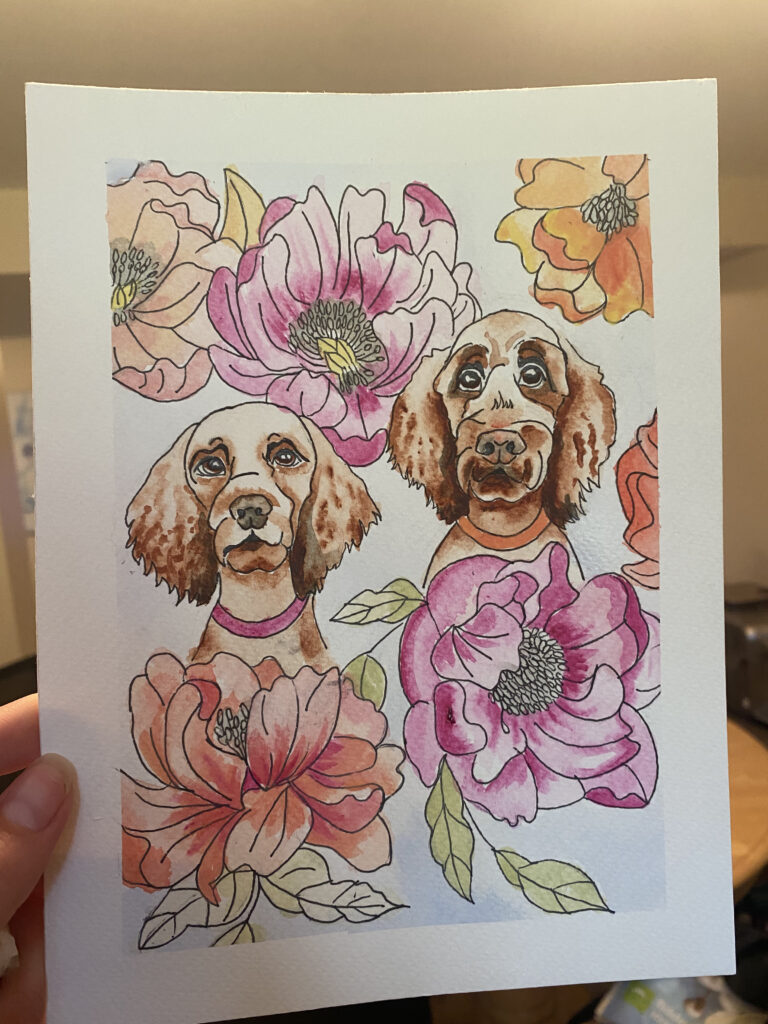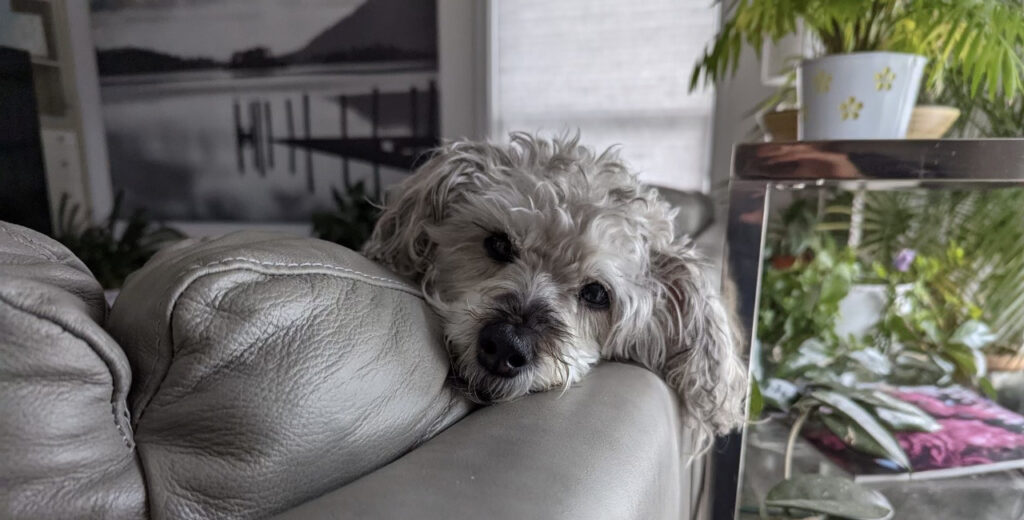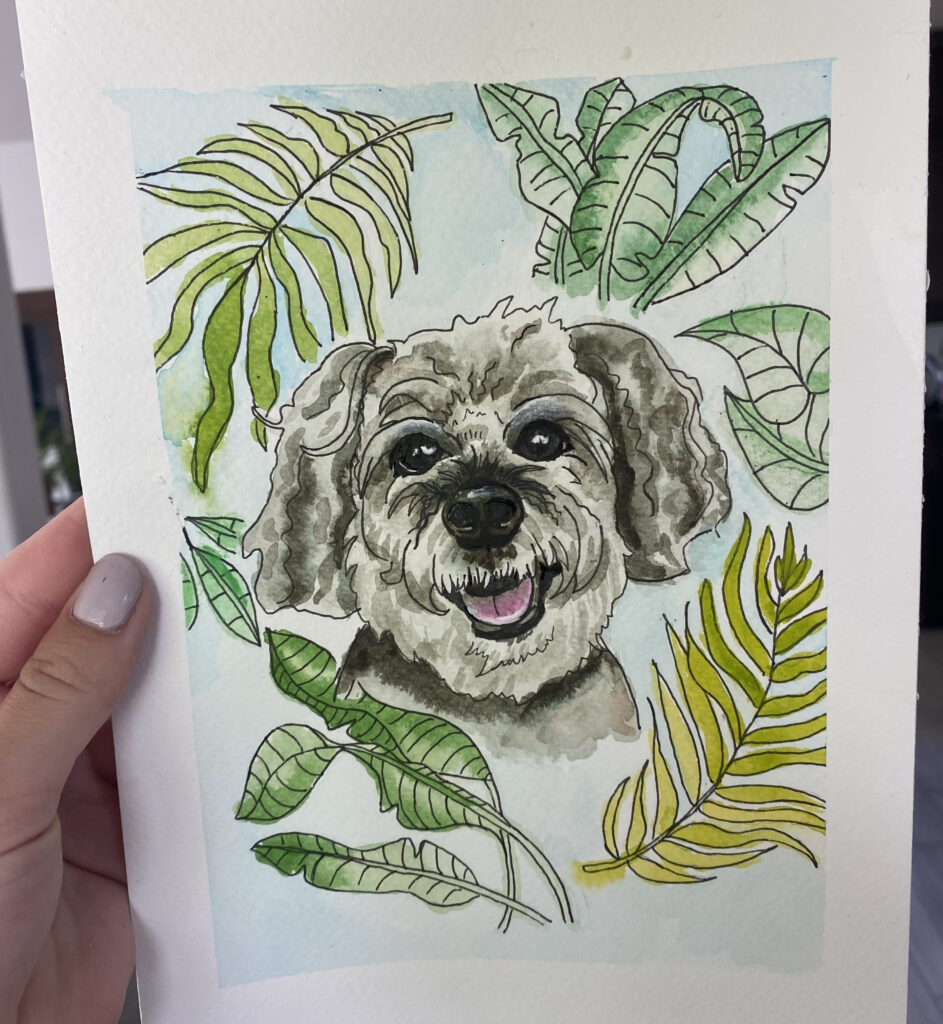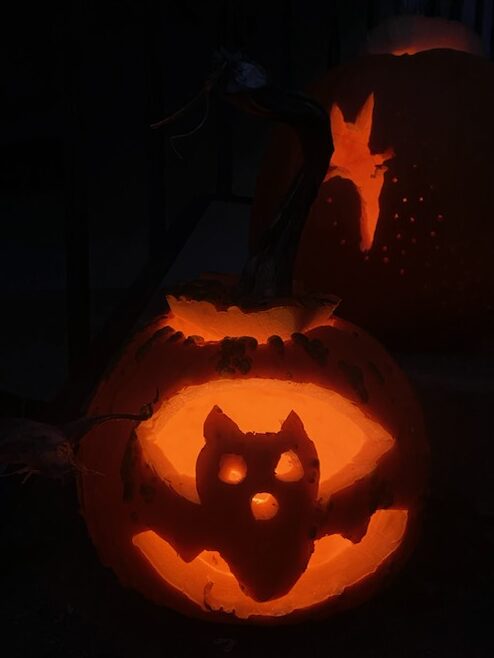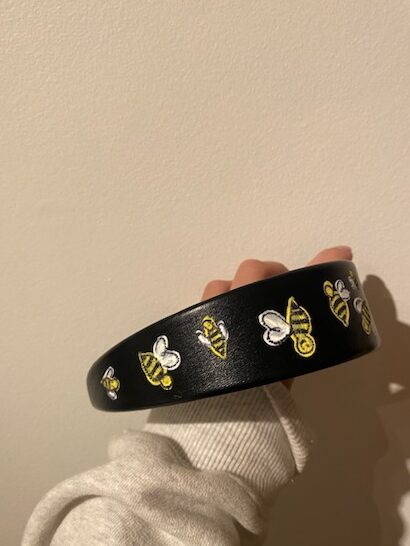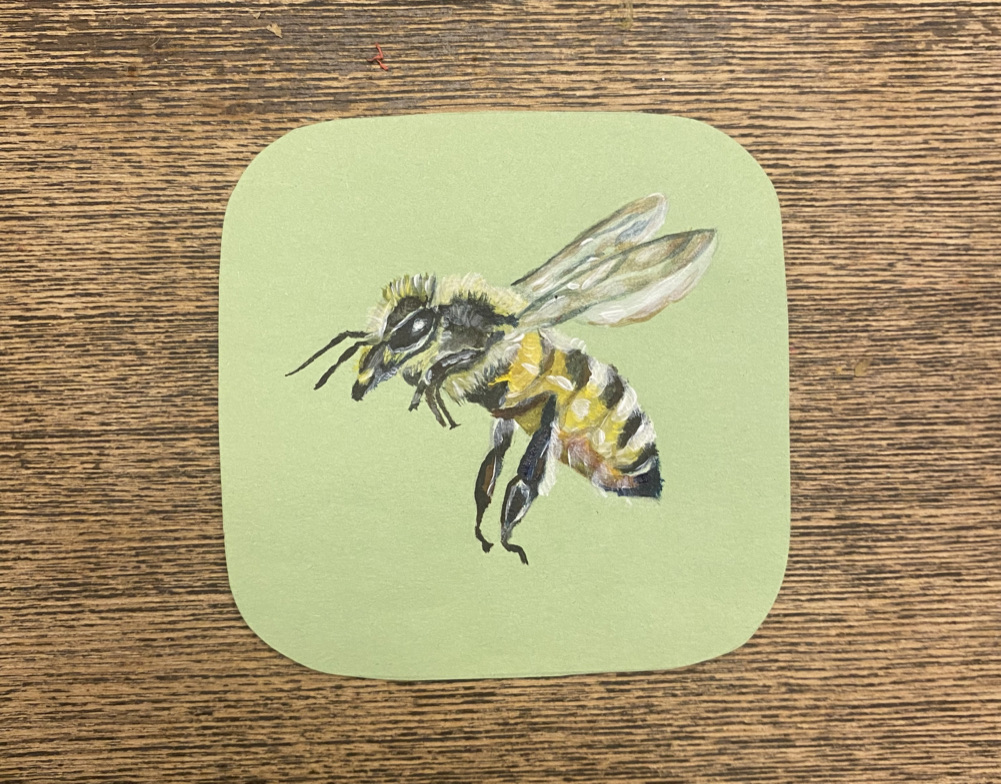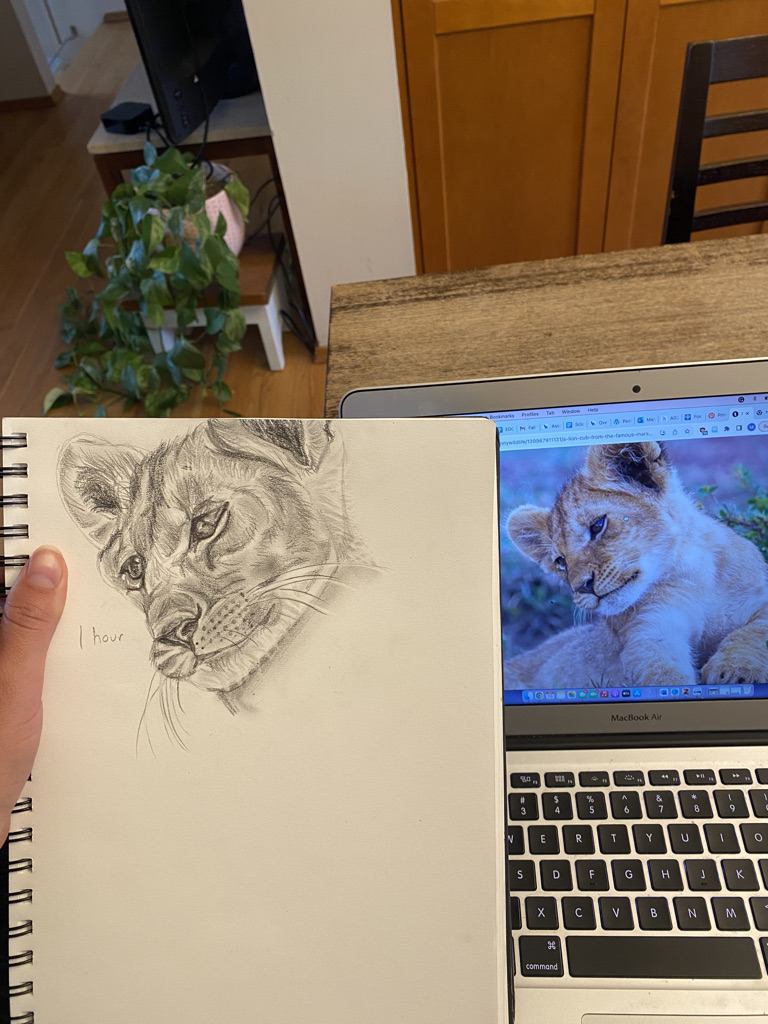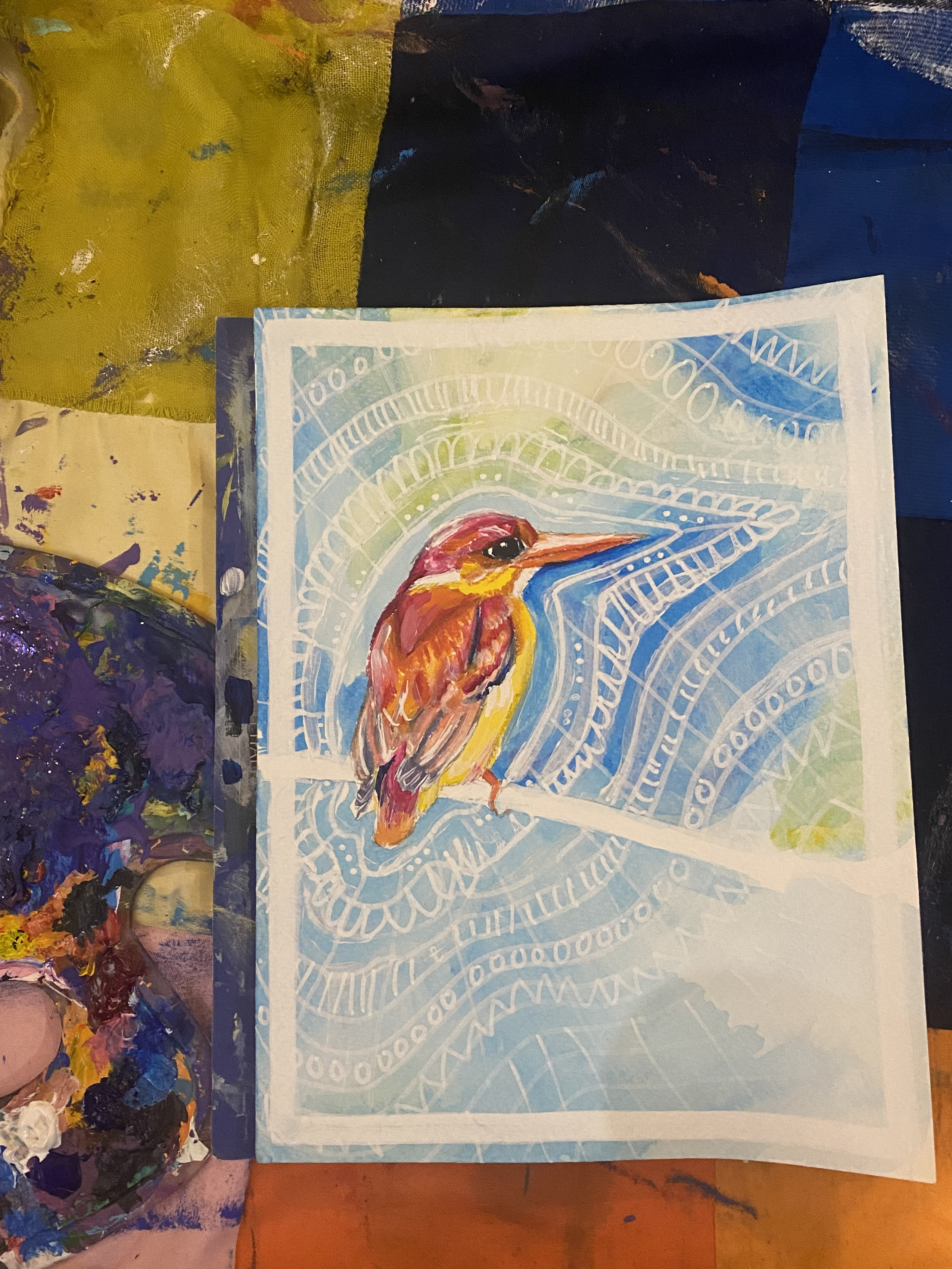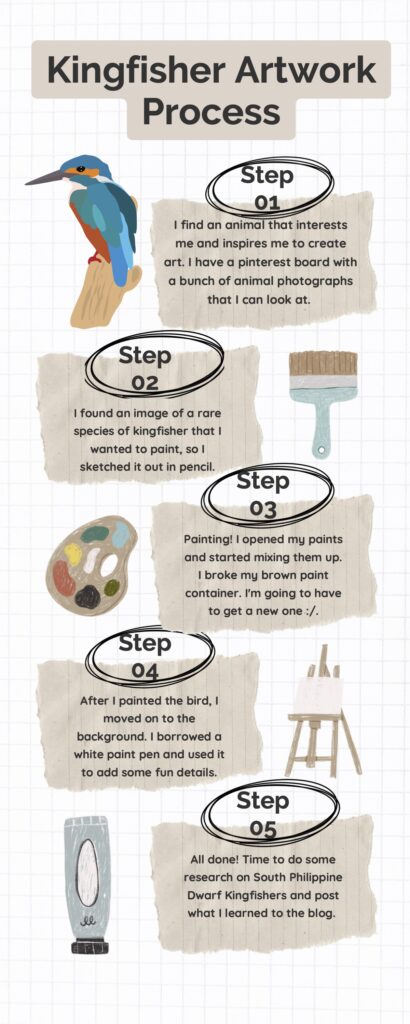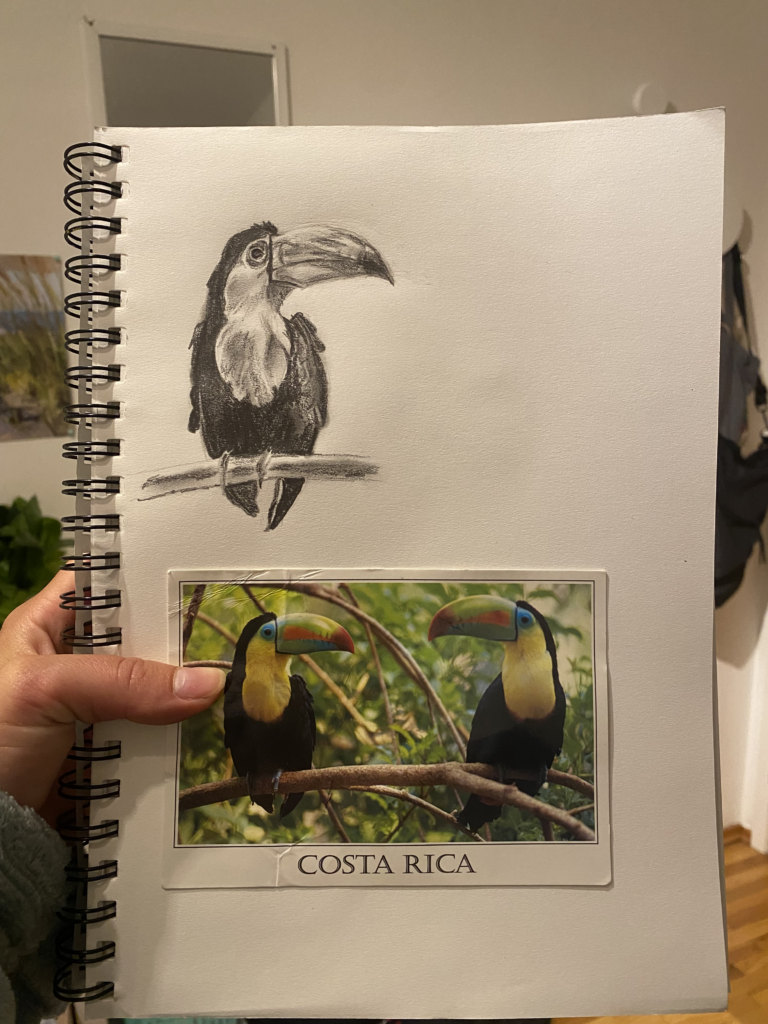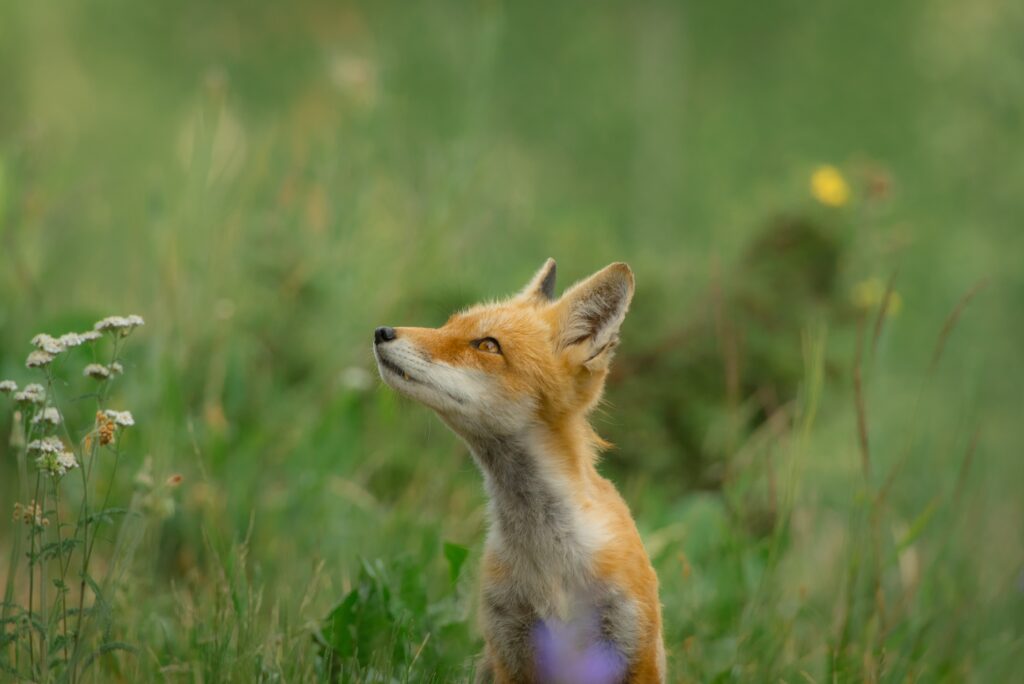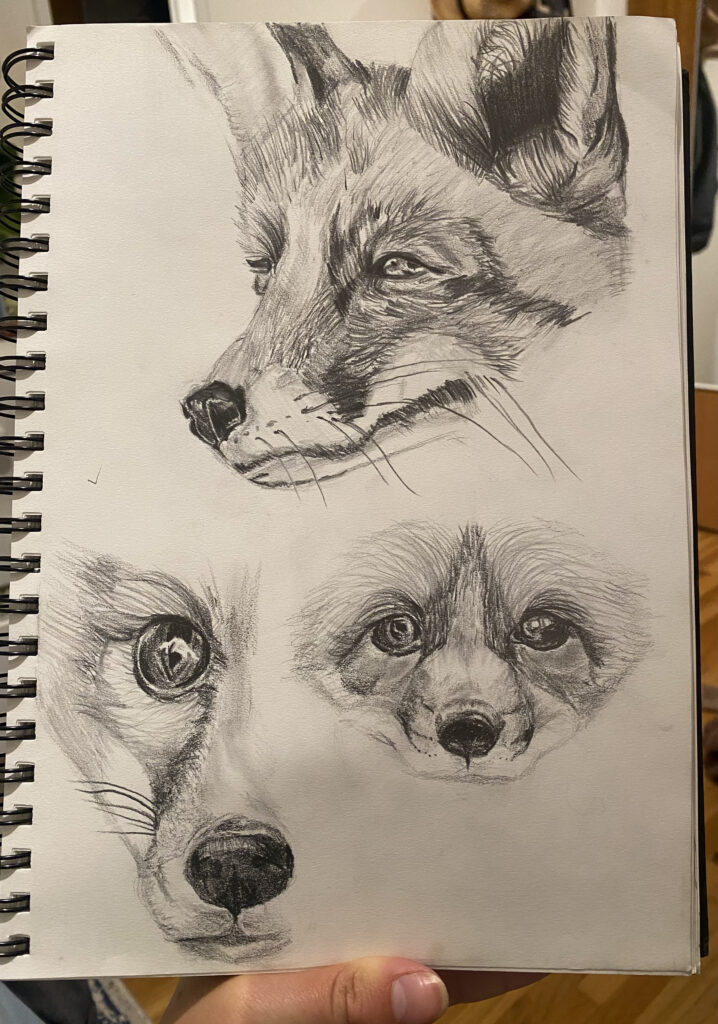This week is back to pencil drawing with some deer! This is not a huge, final animal art project like I may have initially hoped, but it was a good chance to work on my pencil drawing. The top deer image was the first one I drew and I wasn’t very happy with the proportions. The middle deer is my favourite because it reminds me of Bambi.
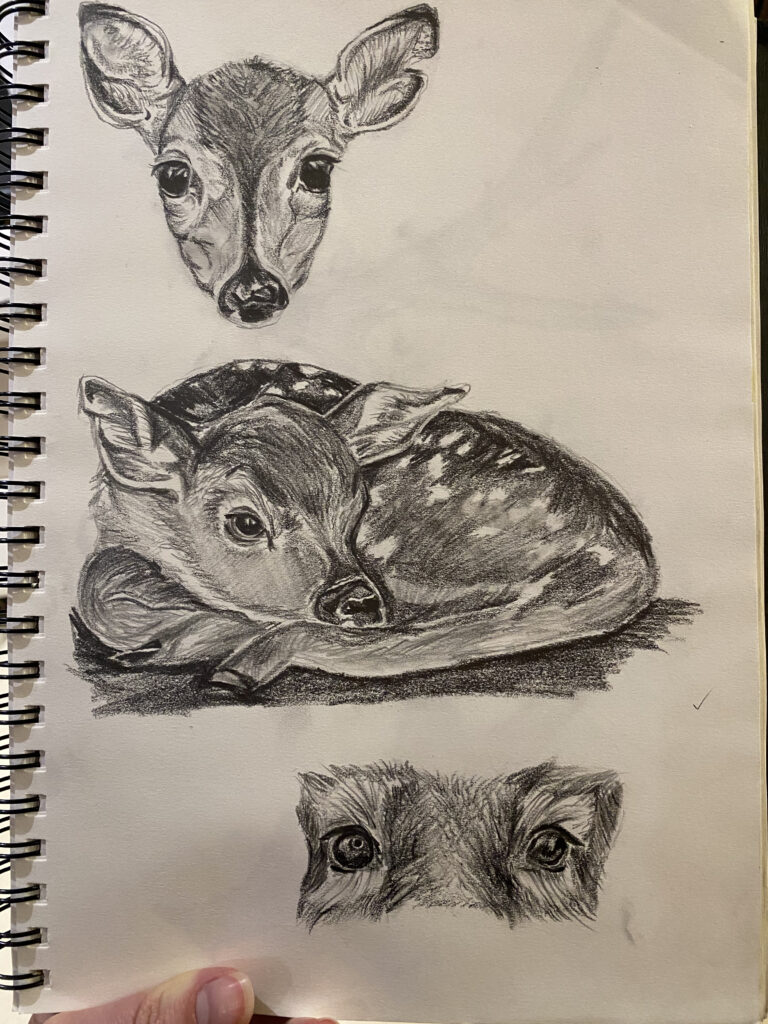
Can you believe that Bambi came out in 1942? That’s wild. Here is a great scene from the movie:
I decided to do some research on local Victoria deer. The CRD has a great pamphlet about deer in the Victoria area available here. I learned that the only species of deer in our area are blacktail deer. They can double their population over the course of a few years and thrive in the grassy lawns of Oak Bay. When I was travelling this summer I told people our deer were on birth control and everyone thought I was a liar! It’s true, many deer here are on birth control to curb the numbers in their population.
Free inquiry was a great part of my semester, Cheers! Or should I say…. deers.
